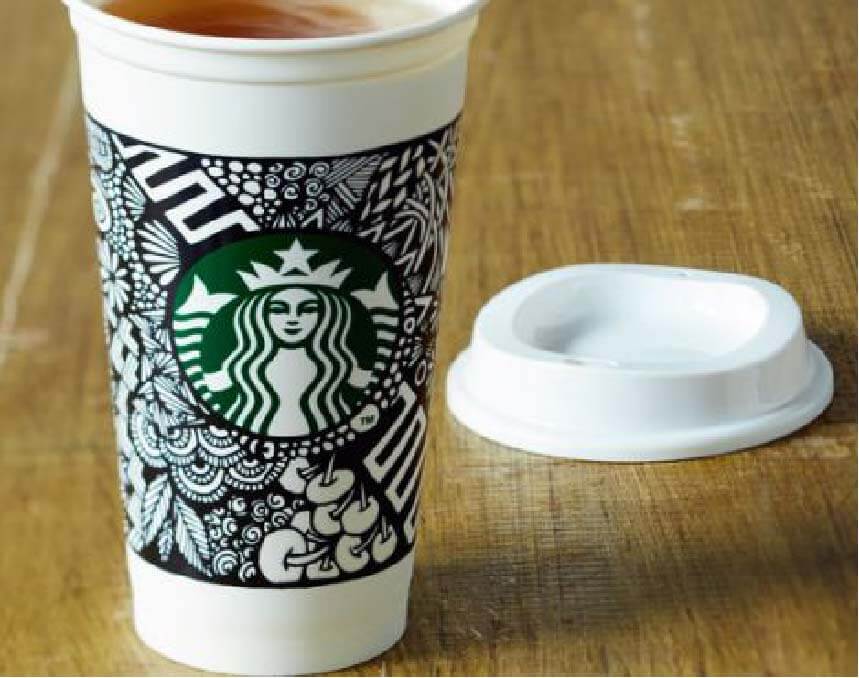
In a perfect world, everyone who buys your products would talk about them to everyone they meet.
Unfortunately, we don’t live in a perfect world. And, while some of your customers might be ardent fans, others may need a bit of coaxing to get there.
With that stated, there is good news to come from this.
You can turn customers into enthusiastic brand ambassadors in following just four simple steps.
That might sound too good to be true, but it’s not. The trick is knowing what makes someone a brand ambassador – and then leading them down the road instead of hoping they’ll get there on their own.
What Can Brand Ambassadors Do for You
Brand ambassadors are more than just enthusiastic fans. When brand ambassadorship is at its best, customers identify heavily with the brands they love.

One example is Apple customers. It is commonly noticed that they:
- Associate the brand with their self-image
- Assign traits of the brand to themselves
- Eagerly await the release of new products
Apple might be an extreme example because it’s a big company, but brand ambassadors can do a lot to increase awareness of a brand. They can give a business a competitive advantage in the populated industry. If the business has fans who talk about the product all the time, free advertising is automatically produced from them every time they mention the product.
Brand ambassadors can also help build customer loyalty. Knowing that others are enthusiastic about products can increase their perceived value. A truly enthusiastic fan can even create new brand ambassadors for a product, and in turn, it’s hosting business.
What Does Engagement Have to Do with It
We know that engagement is the Holy Grail of social media marketing. What may not be as well known is what engagement means nowadays. A businesses engagement might be up while sales are down – and when that’s the case, it’s hard to get excited about a few hundred likes on Facebook or Instagram.
Not all engagement is the same. There are levels that must be understood in order to understand how to create brand ambassadors. Here’s a good way to break it down:

- Stage 1 engagement: casual observers. These are people who read your Tweets or view your Instagram photos without commenting, liking, or sharing. They see your content but don’t do anything about it.
- Stage 2 engagement: simple supporters. These are people who like your posts but don’t comment or share them.
- Stage 3 engagement: conversationalists. These are customers who comment on your posts or, in some cases, DM or email you directly. The dialogue might be brief but it’s a step up and requires effort on the part of the customer.
- Stage 4 engagement: broadcasters. These are the fans who share your content with their social media followers or post reviews of your products online. They’ve taken a step beyond casual support to try to share their passion for your brand with others.
- Step 5 engagement: cheering section. These are fans who will go out of their way to come to events that you sponsor, whether they’re livestreams or in-person events.
- Step 6 engagement: superfans. These are customers who create content that you can share and use to bolster your brand. Think of the people who post Instagram content at the request of a brand or show off their purchases online.
The goal, of course, is to get as many people to step 6 as possible.
The Four Steps to Brand Ambassadorship
As said before, there are four steps that are helpful to follow in creating brand ambassadors. They’re not difficult, but they do require some planning and persistence.

- Model the behavior you want to see. This may mean doing things like creating brand hashtags and using them in your posts. You could also seek out some influencers and have them post images of themselves with your products using these hashtags. People who follow your brand on social media will see the posts and hashtags.
- Request the behavior you want. The next step is to ask your followers to do the thing that you’ve modeled for them. For example, if you wanted customers to post pictures of themselves using your product, you could ask them to post them with a special hashtag.
- Incentivize your fans. Some people may share photos of themselves simply because you asked. But, many more people will do it if you give them a reason to do it. You might run a contest where you give away a product (or a year’s supply of a product). If you choose to do a contest, make sure to post a clear set of rules for entry.
- Deliver rewards. Contest winners will get a reward, but you should also reward others who enter with some recognition and love. Liking their posts, commenting on them, or even sharing them with your followers can make your fans feel special and appreciated.
Two examples of brands that have done a good job of creating brand ambassadors: Starbucks & Dove.

Starbucks runs a white cup contest on Instagram every year. They challenge fans to create designs on plain white cups and post photos of them. The company shares the posts with their fans and produces a limited-edition run of the winning design.
Beauty brand Dove often asks its fans to tell stories about themselves and their families. They’ve run Mother’s Day promotions where they request information about customers’ mothers and then create one-of-a-kind social media “cards” for them.
What is seen from these ideas is that fans will engage with a brand if they are asking them, incentivize them, and rewarding

Your brand ambassadors are waiting to be inspired…
It’s time to start thinking about what’s going to convince current customers and followers to embrace a brand as ambassadors.
Not sure where to start? Try asking on social media! Fans who are already engaged will be eager to tell what they want – and you can use their advice as guidance to get things started.
